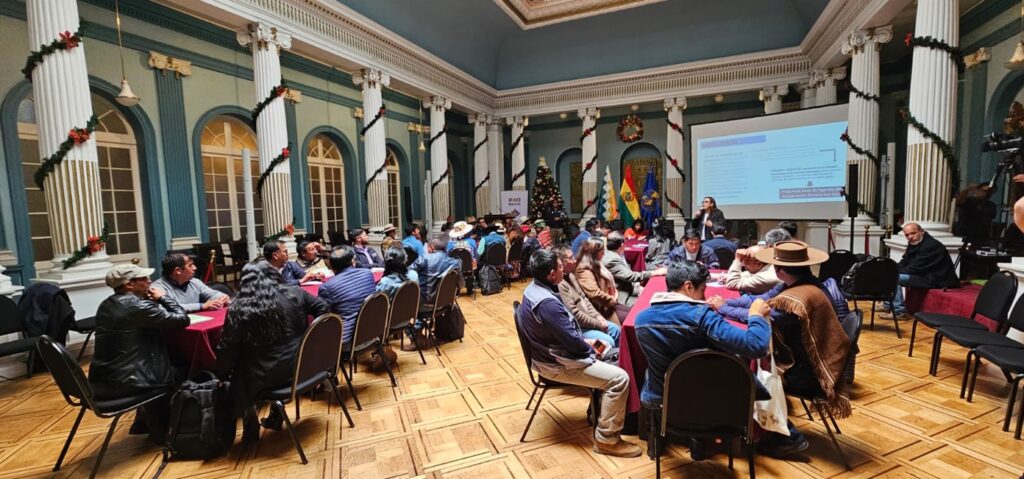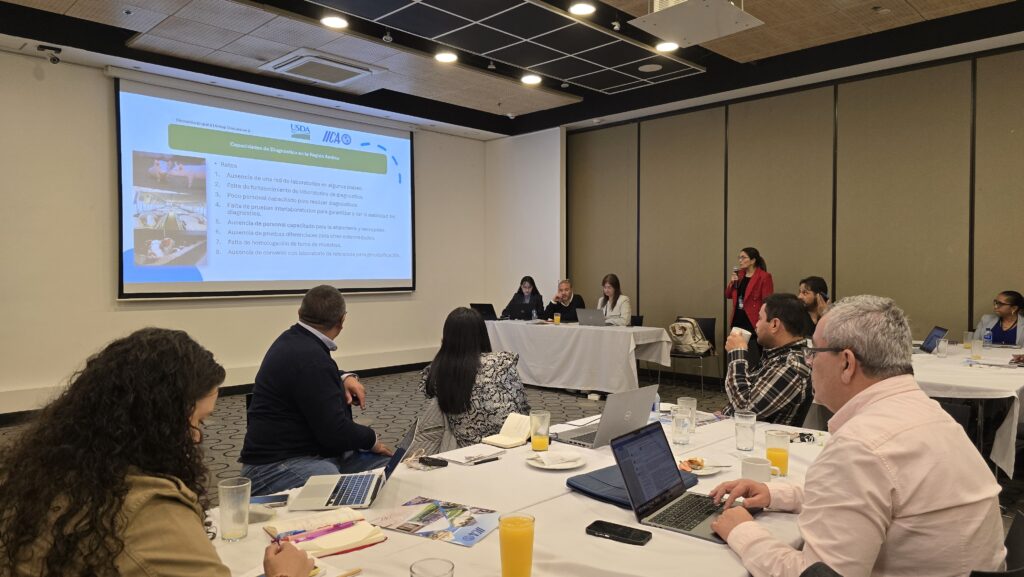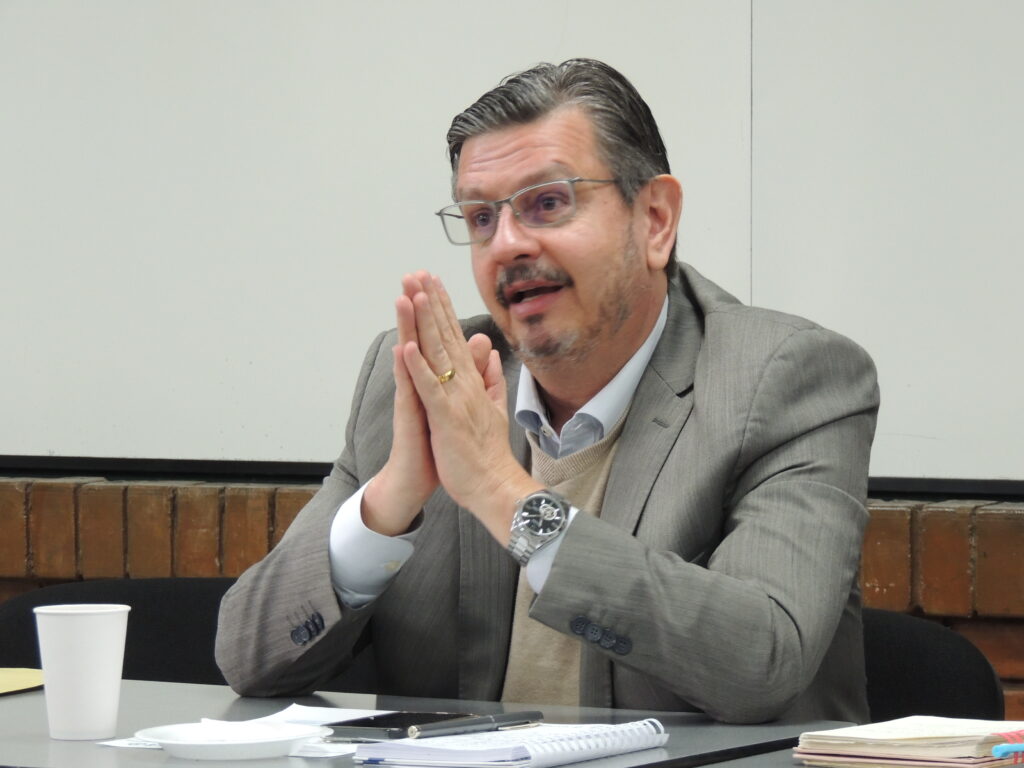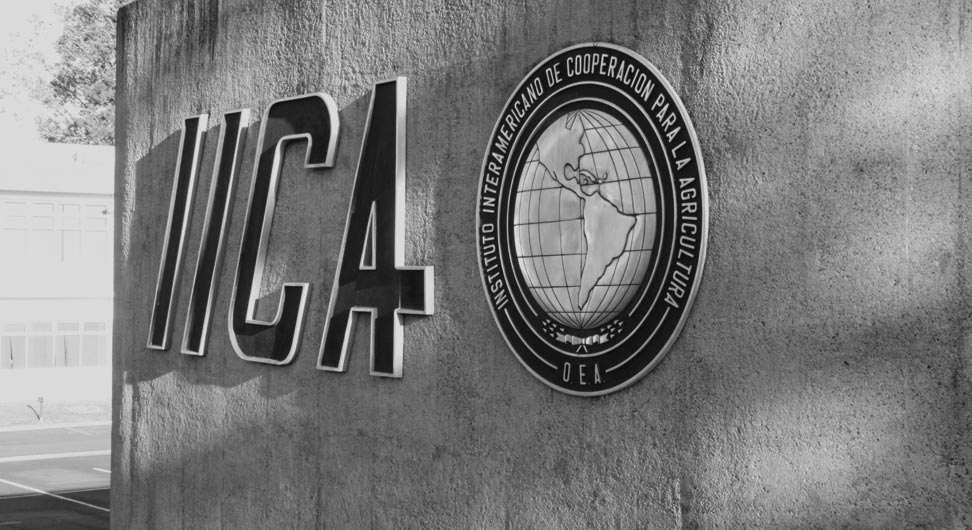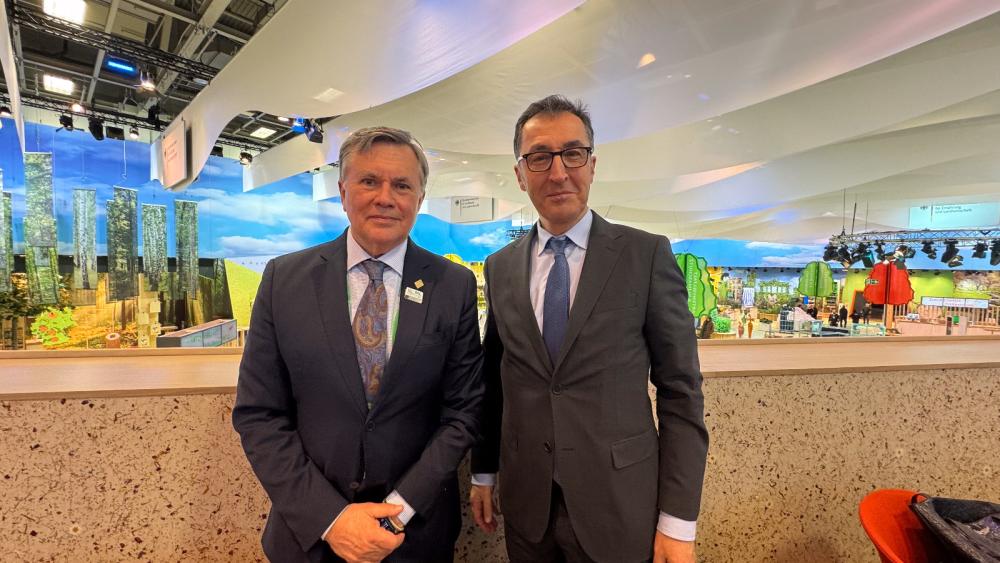Representantes de más de 30 países participaron en el II Seminario de Cooperación Regional para América Latina y el Caribe. En noviembre será realizado un espacio de diálogo América Latina, Caribe y África sobre estrategias de prevención y control de la langosta.

Buenos Aires, Argentina, 26 de octubre de 2020 (IICA). La resurgencia de la langosta durante los últimos años constituye una amenaza para la producción agropecuaria, las reservas naturales y la seguridad alimentaria de la región, por lo que resulta imprescindible abordar el problema con estrategias conjuntas entre los distintos países.
En ese diagnóstico coincidieron los especialistas que se dieron cita en el II Seminario de Cooperación Regional para América Latina y el Caribe. El evento llevó el título “Langosta: situación y perspectiva de colaboración” y se realizó de manera virtual, con la participación de representantes de más de 30 países.
En la oportunidad se compartieron experiencias exitosas de cooperación transnacional en el control de esta plaga y se hizo hincapié en el trascendental rol que pueden cumplir tanto la tecnología como la utilización de bioinsumos en la prevención y el control.
También se difundieron informes de situación en cada país y se puso énfasis en la necesidad de atender especialmente la situación de los productores pequeños y familiares, los cuales por su vulnerabilidad y menor capacidad de resiliencia sufren mayores impactos de la plaga.
La actividad fue organizada por el Ministerio de Relaciones Exteriores, Comercio Internacional y Culto; el Ministerio de Agricultura, Ganadería y Pesca y el Servicio Nacional de Sanidad y Calidad Agroalimentaria (SENASA) de Argentina, en conjunto con el Instituto Interamericano de Cooperación para la Agricultura (IICA), el Grupo Interamericano de Coordinación en Sanidad Vegetal (GICSV) y el Comité de Sanidad Vegetal del Sur (COSAVE).
Se trató del segundo capítulo de un ciclo de seminarios regionales sobre el control de la langosta en América Latina y el Caribe, que se lleva adelante en el que ha sido declarado por las Naciones Unidas como Año Internacional de la Sanidad Vegetal.
El principal objetivo del intercambio de experiencias es promover soluciones innovadoras para el control de la plaga, según explicó la ministra Alicia Barone, en nombre de la Dirección General de Cooperación Internacional de la Cancillería Argentina.
El director general del IICA, Manuel Otero, puso el acento en las pérdidas económicas directas que genera la langosta en la producción de alimentos y en las áreas naturales de los territorios rurales. Hizo referencia, en ese sentido, a un reciente estudio del IICA que mostró que el Noroeste y el Noreste argentinos son las áreas con más posibilidades de ser afectadas por la langosta, lo que pone en riesgo una producción agrícola estimada en 3.700 millones de dólares anuales, sin incluir frutales, cultivos industriales, pasturas naturales ni diversos forrajes utilizados en la producción ganadera.
Recordó, además, que el IICA comenzó en la década de 1970 a colaborar con sus Estados Miembros en la prevención y control de la langosta a través de iniciativas concretas como el fortalecimiento de capacidades y la incorporación de nuevas tecnologías para responder a las emergencias.
Otero destacó las acciones de cooperación internacional que se están llevando adelante y en ese sentido anunció que, luego de este seminario de cooperación hemisférica, habrá un espacio de diálogo sobre estrategias de prevención y control de la langosta entre América Latina y el Caribe y África, previsto para realizarse en noviembre.
Por su lado, el presidente del SENASA, Carlos Paz, señaló que el sector rural argentino vio desde 2015 la reemergencia de esta plaga después de décadas.
“La vieja plaga de los años 40 y 50 se dio en otra Argentina, donde muchas provincias eran territorios federales sin la autonomía de la que gozan hoy y en la que los productores no tenían la conciencia actual. Hoy todavía estamos levantando los pasivos ambientales generados por los productos con los que se combatió la langosta en aquella época”, dijo Paz, quien destacó las demandas de información y capacitación que los especialistas argentinos responden permanente a instituciones de otros países de la región a través de la Cancillería.

El presidente del SENASA puso el acento además en los nuevos desafíos en materia de prevención y control de plagas y enfermedades que plantea el corrimiento de la frontera agropecuaria que ha experimentado Argentina en los últimos años, en muchos casos a expensas del bosque nativo.
En representación del Ministerio de Agricultura, Ganadería y Pesca de Argentina, Diana Guillén, señaló que la única forma de trabajar en el problema de la langosta es como ya lo están haciendo los países de la región: a través del intercambio de experiencias y la ayuda recíproca.
“La plaga no entiende de barreras entre países. Y además no puede ser enfrentada en soledad por el productor, que necesita de la articulación del Estado y de la ayuda de la tecnología”, señaló Guillén.
En el panel de intercambio técnico del seminario especialistas de distintos países y Organizaciones Regionales de Protección Fitosanitaria (CAHFA, CAN, COSAVE, NAPPO y OIRSA) compartieron las experiencias de los países de la región Sur, Andina, Norteamérica, Centroamérica y Caribe, en la cooperación para identificar y controlar las principales amenazas que plantea la plaga.
Los expertos coincidieron en la necesidad de coordinar estrategias y esfuerzos, así como de unificar criterios para abordar el problema de la langosta, debido a su voracidad y su carácter migratorio y transfronterizo.
Más información:
Lourdes Fonalleras, Especialista internacional en Sanidad Agropecuaria e Inocuidad de los Alimentos del IICA.
lourdes.fonalleras@iica.int
